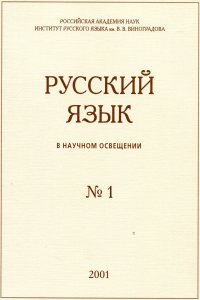Russian editions of the B. Budny’s “Apophthegmata” and the formation of standard Russian language norms in the 18th century
Abstract:
The paper deals with the development of the norms of the Russian standard language in the 18th century. The study is based on three editions of one text — the Russian translation of the Bieniasz Budny’s “Apophthegmata”, a popular collection of short stories about ancient philosophers and governors. Between the years 1711 and 1788 eleven editions of “Apophthegmata” appeared in Russian, two of them newly revised. The language of the first edition (1711) conforms to the norms of the end of the 17th century. The second edition (1712) reflects the process of forming the “simple” language in the Petrine period. The last revision, of 1788, was based on the norms of the end of the 18th century. The analysis of the editorial changes in the 1712 edition confirms V. M. Zhivov’s theory of the formation of the “simple” language during the Petrine period by means of a process of shearing certain forms, words and syntactic constructions (“markers of bookishness”) from the texts written in hybrid Slavonic. Extensive lexical, syntactic and stylistic corrections made by Dmitry Trostin in 1788 pursued two aims: to bring the text into accord with the norms of the end of the 18th century and to make the style of the text more “literary”.


